Japan's rail transit is very developed and even developed into a tourism project. Japan's JR West Japan Railway Co. launched a luxury version of the sightseeing train "Rui Feng" has been completed, will soon be put into operation.
On February 23rd, "Rui Feng" made its debut at the ceremony held in Osaka.
"Rui Feng"'s design orientation is "through the beautiful Japanese luxury hotel" and "Mercedes Mercedes-Benz luxury hotel". The car body is quiet and dark green, and the golden “Swiss Wind†logo is embedded in the front of the car, making it look solemn and luxurious. The interior environment, food, and the sightseeing spots across the car have been meticulously selected and built. "Ruifeng" has a total of 10 carriages, of which 6 are room compartments. The other compartments are the restaurant, bar salon and two observation carriages.
"Ruifeng" will be put into operation on June 17th and pass through beautiful sightseeing spots in West Japan. The fares range from 25 to 1.2 million yen per person. Although expensive, the first "rooms" (departure from June to September) are currently available. It is already booked and the average competition rate is 5.5 times.
Among them, the competition rate of the most luxurious cars on the Shanyin route (2 days and 3 days) that set off on June 21 was as high as 68 times. The second batch of appointments (starting from October to November) will be accepted from April 1st.
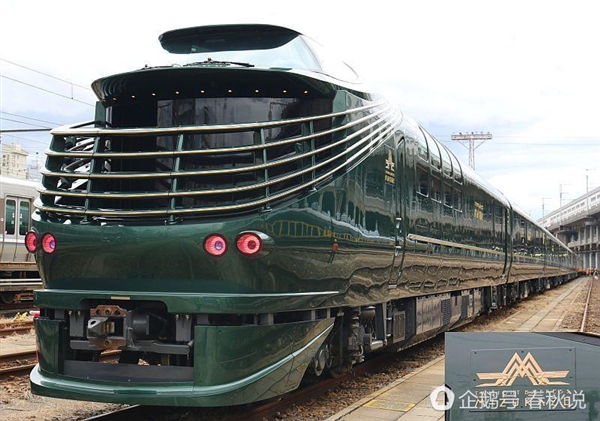
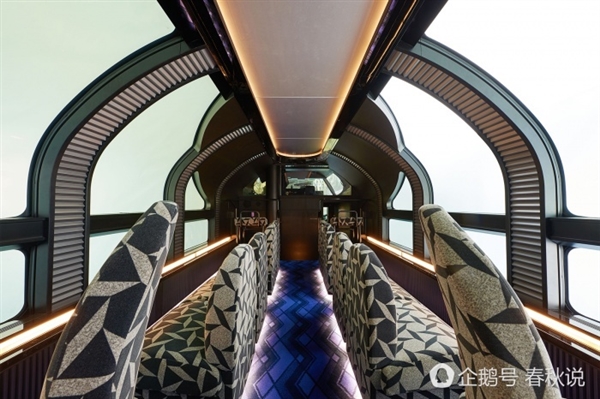
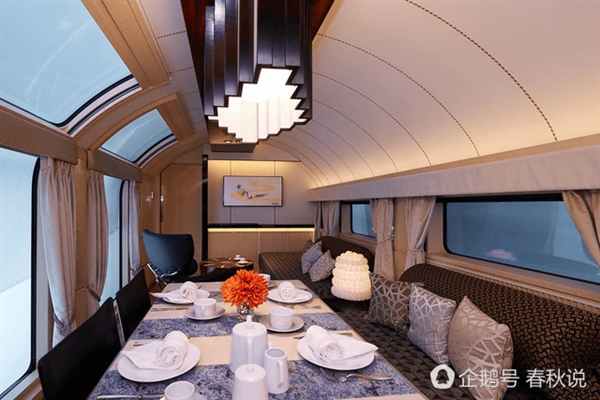
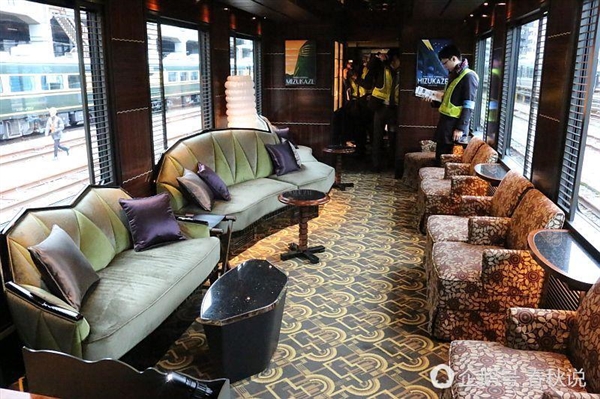
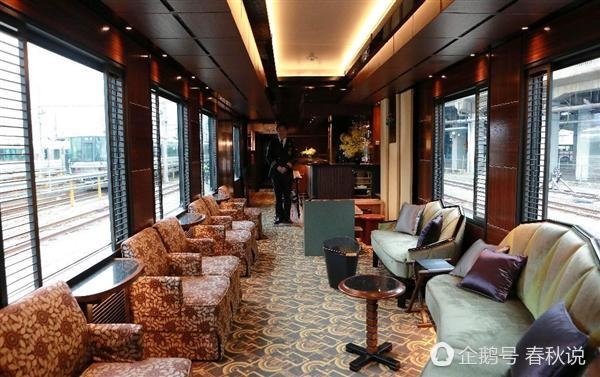
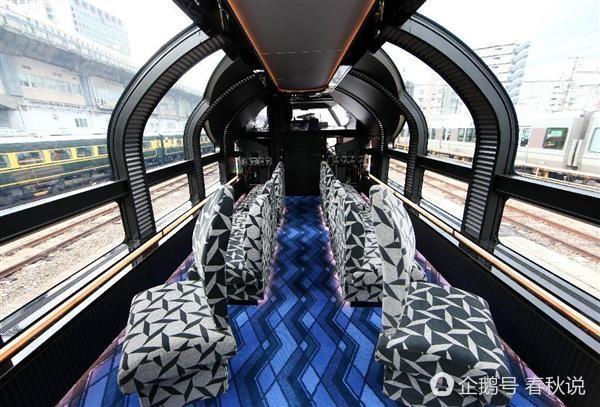
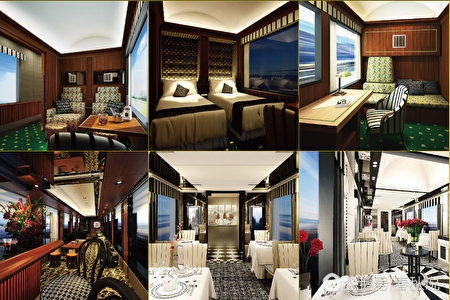
In-vehicle Ethernet
The traditional Ethernet protocol uses carrier monitoring multiple access and conflict detection technology. Therefore, the real-time requirements of the vehicle-mounted network are not met in terms of packet delay, sequencing and reliability. Therefore, the common vehicle-mounted local area network is still a real-time fieldbus protocol based on CAN. However, with the explosive development of automotive electronics technology, the number of ECUs continues to grow, and audio-visual entertainment signals are also incorporated into in-vehicle communication, which makes the traditional high-real-time, low-bandwidth vehicle bus unsuitable for the development trend of automotive electronics.
The International Institute of Electrical and Electronic Engineers (IEEE) approved the first automotive Ethernet standard "100BASE-T1" in 2016 after long-term research. It is based on Broadcom's BroadR.Reach solution and uses a single pair of unshielded twisted pairs at the physical layer. Wire and cable, using a more optimized scrambling algorithm to reduce signal correlation and increase real-time performance, which can provide 100Mbps high real-time bandwidth in the car.
The communication quality of high-speed Ethernet in the environment of automobile interference is an issue that needs to be examined. Especially for the 100BASE.T1 network, unshielded cables are used, which are more susceptible to current surges and electromagnetic interference, resulting in unstable performance and even functional failure. At present, there is a conformance test method based on the Ethernet physical layer, which is used to test the return loss, timing jitter, and maximum output drop of signal transmission equipment; the RFC2544 standard provides Ethernet delay, throughput, and packet loss rate. Test methods for performance indicators; but these common methods are based on traditional Ethernet, do not support 100BASE-TI automotive Ethernet, and do not take into account the interference characteristics of the automotive environment.
Sfp Fiber Port,1000M Switch,1000M Ethernet Switch,Gigabit Switch
Shenzhen GL-COM Technology CO.,LTD. , https://www.szglcom.com